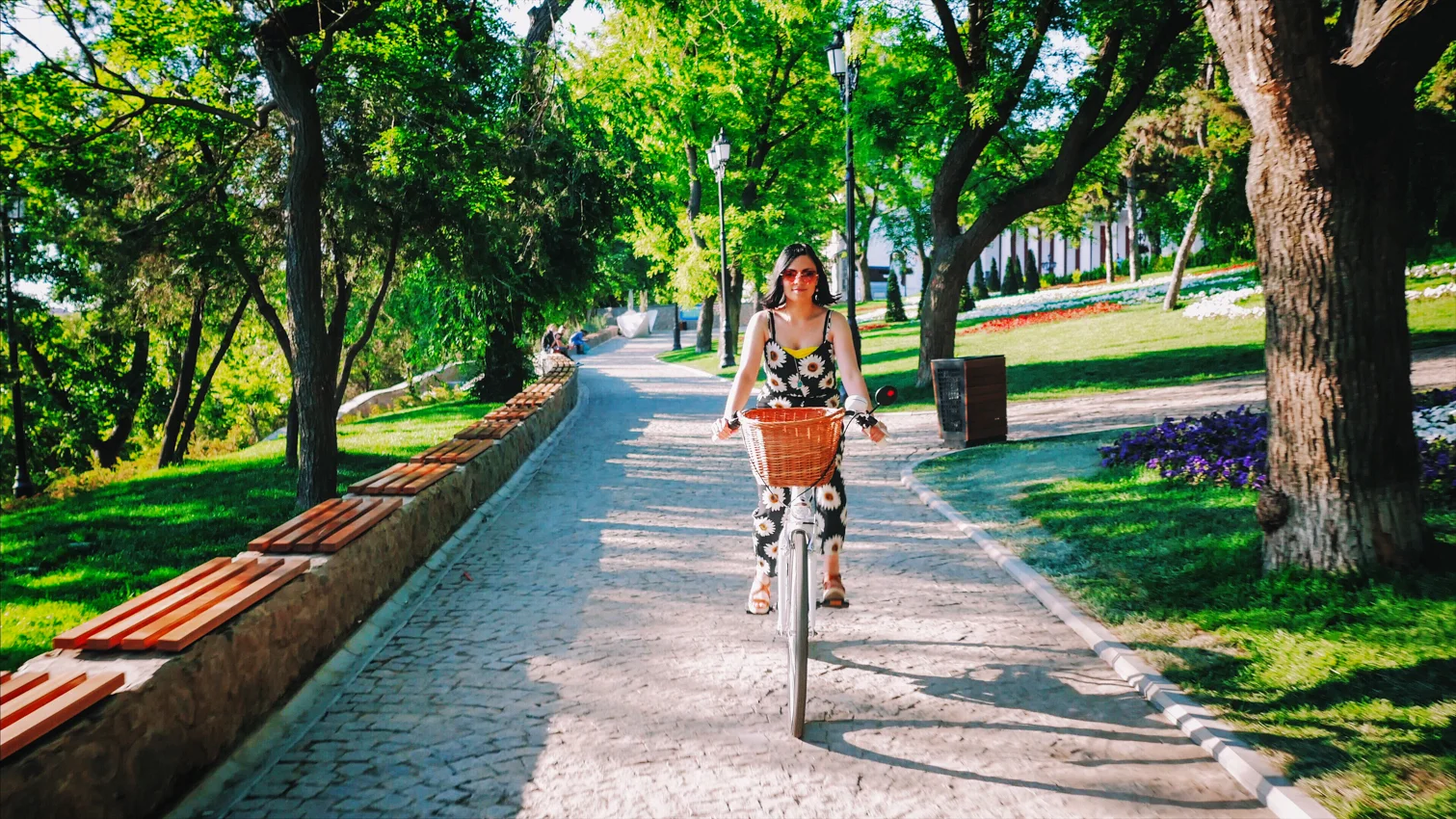Get ready to celebrate a great Jewish festival, Rosh Hashanah. It is the right time for starting fresh and making resolutions for the amazing year ahead. Jewish Rosh Hashanah customs and traditions associated with Rosh Hashanah, from eating apples dipped in honey to blowing the shofar.
One of the most important traditions of this festival is to say prayers and blessings over holiday meals. In this article, I have given you a rundown of some of Rosh Hashanah prayers and blessings. You can delve into the complete guide to make this Rosh Hashanah 2024 as the best and happy celebration.
Rosh Hashanah- the Jewish New Year
Rosh Hashanah is the Jewish New Year and it is one of the holiest days in the Jewish calendar. In 2024, it will start on 2nd October through 4rd October. It is also a great time when Jews reflect on the past year and will look ahead to the year according to their customs of Rosh Hashanah. This great Jewish festival celebration lasts for two days.
During this Jewish festive time, their Jewish New Year traditions are to eat special foods and to do special prayers. As well as, they will visit Synagogues occasionally and it’s a right time of reflection and renewal. And also Jews were encouraged to make amends with people, they may have hurt over the past year.
What to do on Rosh Hashanah?
In the month of Elul, this festival is celebrated when people will begin their self-examination as well as penitence. Let’s look at what happens on Rosh Hashanah, through the path for the plan and preparation for this Jewish festival.
The great dramatic moment of the Jewish New Year is blowing the Shofar during the day of judgment. Shofar is nothing but the ram’s horn which is an ancient musical horn and it is used for the religious purpose of Jewish.
On both nights of this great festival, the candles are lit which is ideally eighteen minutes before sunset. During Rosh Hashanah Seder apples, honey and challah are served as a celebration sweet to welcome the happy year ahead. And also everyone will celebrate with traditional Rosh Hashanah foods such as pomegranate, dates, fish head, leek, beet and string bean as blessings for wealth and health.
Rosh Hashanah Customs and Traditions
All the Jewish people will come together in this spiritual and traditional Jewish festival and will follow the Rosh Hashanah tradition. It’s the time to celebrate and pray for the good year ahead and also the path for self examination and hope of new beginnings.
This day is believed to be the day when the world was formed and when Adam Eve was created by God. During this period of ten days, Rosh Hashanah and Yom Kippur, teshuvah is considered as the central theme when people pray for their forgiveness.
There are many Jewish New Year traditions associated with this festival such as sounding the shofar and giving tzedakah. Shofar is considered as the reminder for our good deeds and the way to enhance it. As well as tzedakah is believed as a great goodness and protects you from evil things.
Ways to Celebrate the Festival
In this special Jewish festival, you can discover plenty of ways to celebrate. You can relish on traditional Rosh Hashanah dinner by visiting finest restaurants with your friends and family. Where you can enjoy the great festive meal in the fantastic ambience which will create unforgettable memories.
You can also plan an amazing Rosh Hashanah vacation by staying in the Kosher vacation rentals. Here, you can find the ideal Kashrut adherence in the luxury villas, mansions with essential amenities. This is one of the best ways to spend your valuable time with your lovely family.
These are the best ways for family gatherings and having a great communal meal with the collective worship and prayer. You can also follow the rich traditions and ways to celebrate this Jewish new year as mentioned in this blog.
Wrap Up
Make this New Year as special as you can, by following the traditions of Rosh Hashanah and also get to know about what do you do on Rosh Hashanah. This is the must read blog, before Jewish New Year, Rosh Hashanah.
Just book a nearby vacation rental in HolidayKeepers. Where you can find the diverse property types with plenty of amenities like Wifi, parking, swimming pool and exciting facilities. Contact them and enjoy your happy stay with your friends and family.




